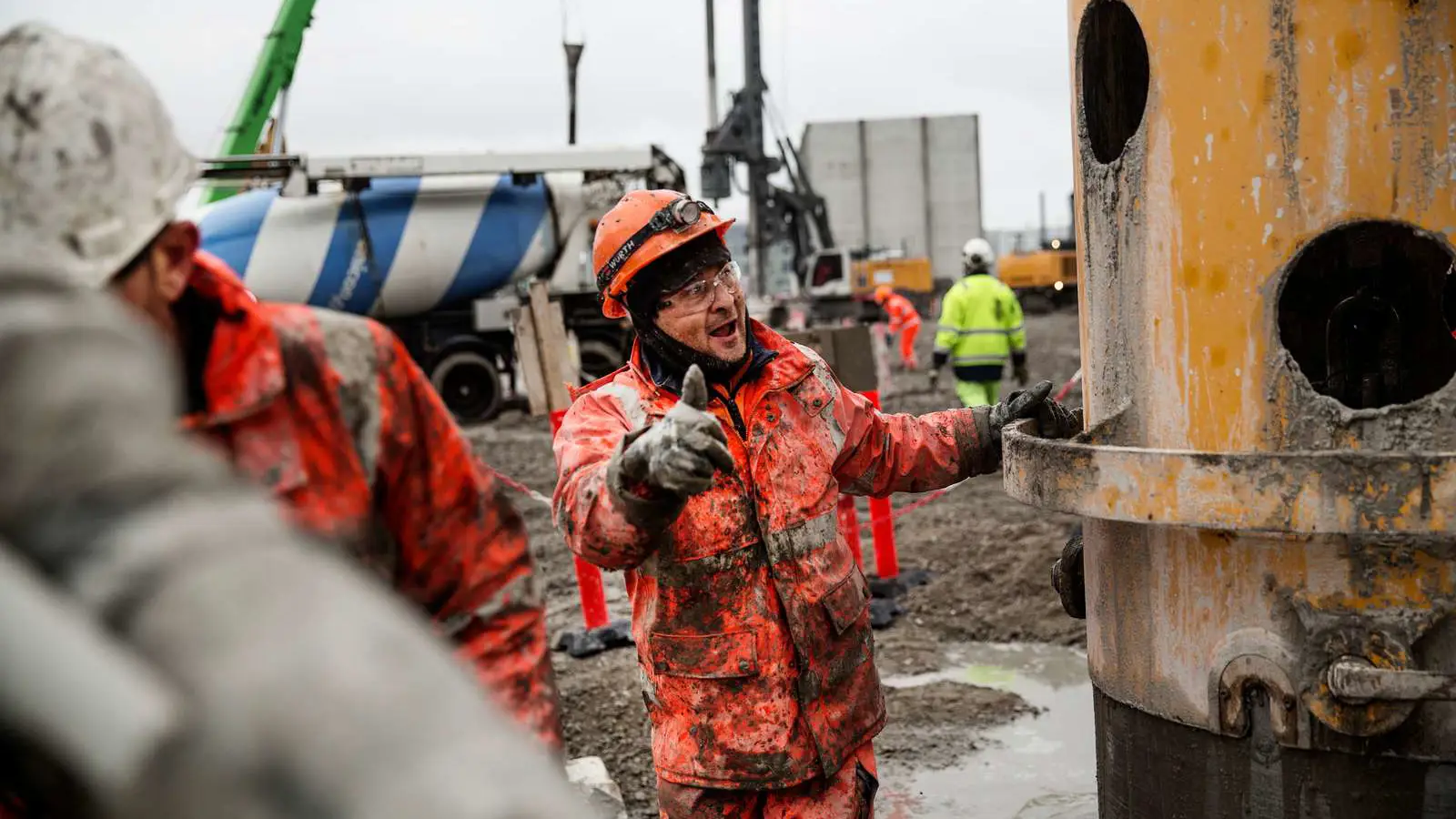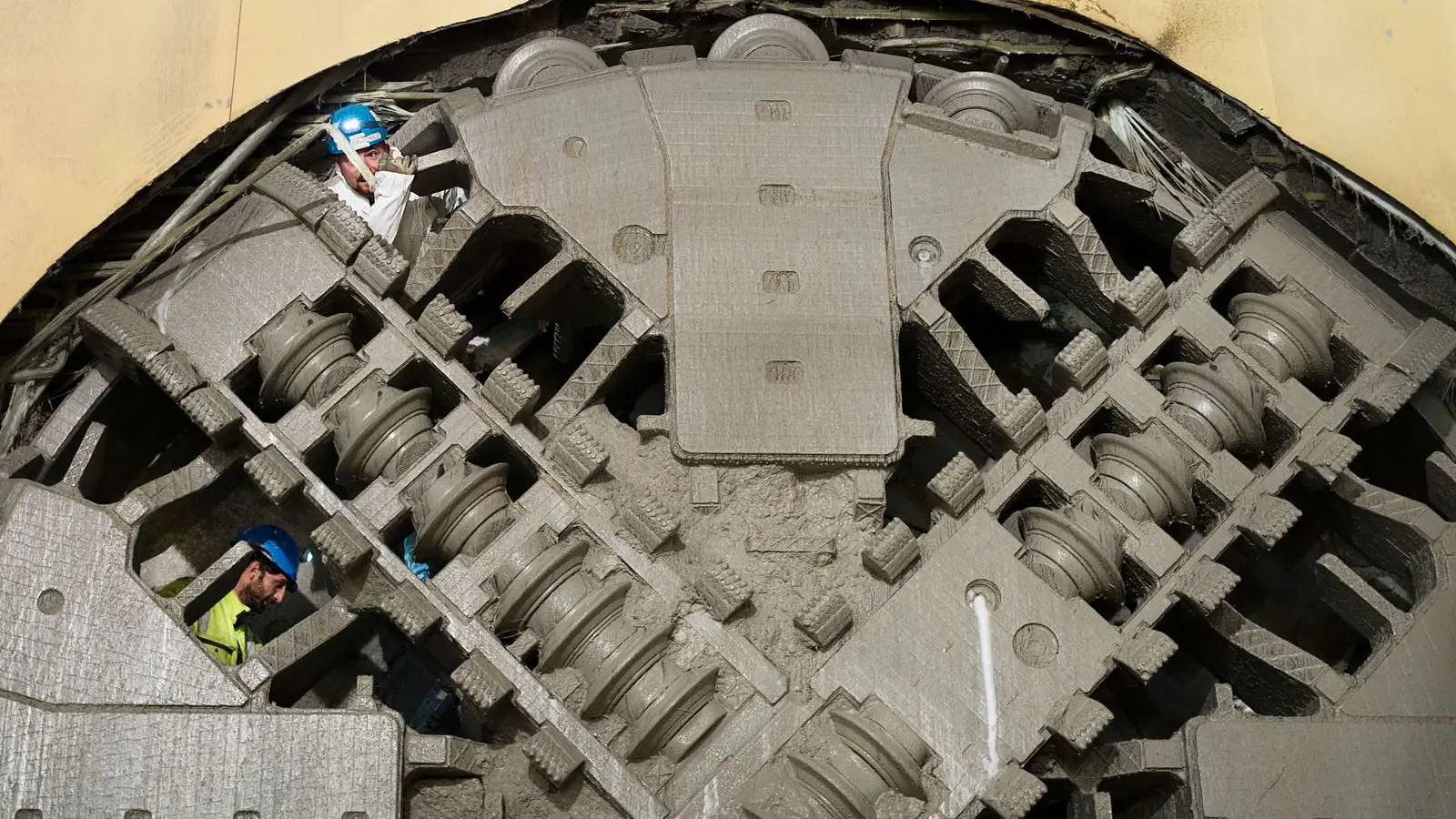The construction of a new metro line is a comprehensive project, which starts several years before that we organize construction sites.
Before the construction work starts, we move kilometers of electricity, gas and other supply lines in the areas where the future metro stations will be located.
The Museum of Copenhagen also carries out archaeological excavations before we set up the actual sites and start building stations and drilling tunnels.
The groundwater is controlled during the entire construction period, so we ensure a stable groundwater level while we dig into the underground. We carry out re-filtration wells around each site so that we can pump the water away from the site, re-filter the water and return it to the ground in the vicinity.
The large construction machines can emit vibrations. Therefore, we set up several thousand measuring points on the buildings closest to the construction sites. The measurement points monitor the condition of the buildings around the clock and will react immediately if there is a risk of a building being damaged.
How is the metro being constructed
Get a brief insight into the various phases of the construction of the metro.
Preliminary surveys
Data from geotechnical drilling along the new linies are used to calculate how much earth pressure tunnels, stations and shafts can withstand. In addition, trial pumpings from the water-bearing layers in the subsoil show where the water-bearing layers are located and how deep into the subsoil the effect of the construction work can be traced. This helps prevent damage to buildings in the area.
Vulnerable structures
Particularly vulnerable structures are measured and photographically registered in order to precisely determine whether construction work will affect the structures around it. The excavation of so-called injection wells, subterranean pockets filled with a stable material, helps ensure that the drilling of the tunnels affects the surrounding terrain as little as possible.
Archaeological excavations
The final stage in the preliminary survey work is the archaeological excavations. At a number of sites, archaeologists from the Museum of Copenhagen will be following the first phase of construction in search of prehistoric finds and cultural artefacts that could teach us more about the history of Copenhagen.

Construction
Changes in the city’s utlility grid are the first and most visible signs that a new metro linie is becoming a reality. Supply lines for water, electricity, gas, district heating and telephone services are affected. To make room for the actual construction of a new line, the rerouting of several kilometers of utility grid supply line rerouting will have to be completed. The work of constructing tunnels with the large boring machine(s) and stations will begin once the grid has been modified to accommodate the new linies.
The last phase will be the refurbishment of the areas around the new stations. Station areas, road surfacing and fittings, such as signs and lighting, will be re-established. Meanwhile, the new linie will be test run until its opening.

